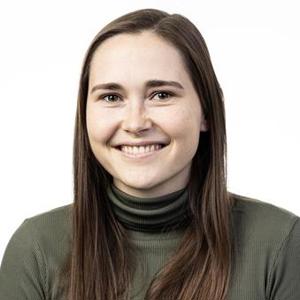In the Cantù lab we make use of mouse genetics, high-throughput biochemical approaches – our favorite at the moment is CUT&RUN – to discover the composition of signals and the protein “arsenal” that, in each cell type, allows the activation of the correct genes.
Our experimental efforts are focused on the so-called ‘Wnt/β-catenin signalling pathway’, a molecular cascade important for virtually all aspects of development, and whose deregulation causes human malformations and several forms of aggressive cancers, among which colorectal cancer.
OUR VALUES:
CREATIVITY: There are questions about reality that we wish to answer – by whatever means. We explore ideas, try to generate new tools, and embrace failure to become more inventive.
FANTASY: Creative ideas and motivation come from a place of quiet but enthusiastic imagination. We hope that we will never lose the quality that children have to dream with eyes wide open.
COLLEGIALITY: We share one mission and work together to accomplish it. Others’ success is also ours.
FREEDOM: We feel free to experiment new crazy ideas. But also to criticize them if we feel that they can be improved. And a good experiment never fails into revealing a piece of reality, even when our hypothesis is wrong.
TRUSTWORTHINESS: We do our best such that what we do, however small, can be relied upon. We live our values such that our coworkers and collaborators can trust we are doing our best.






